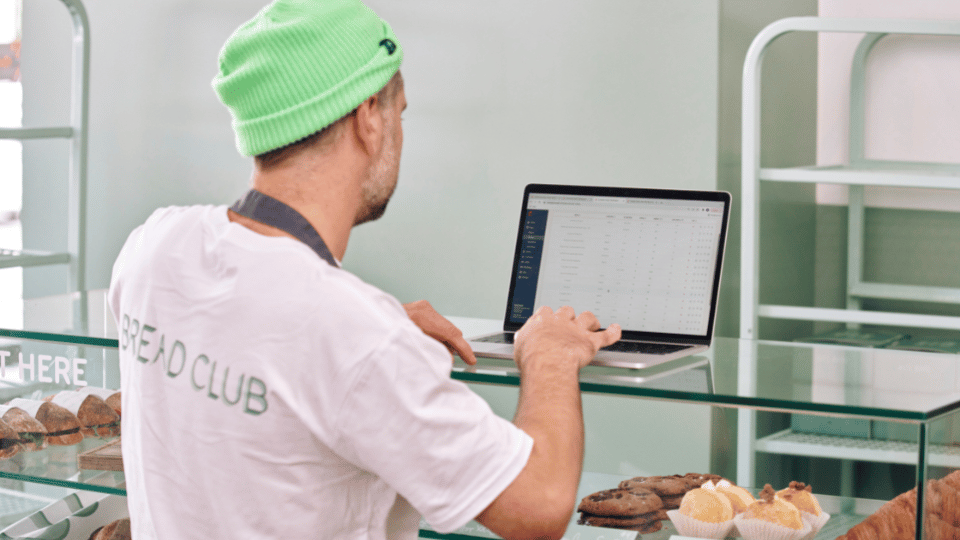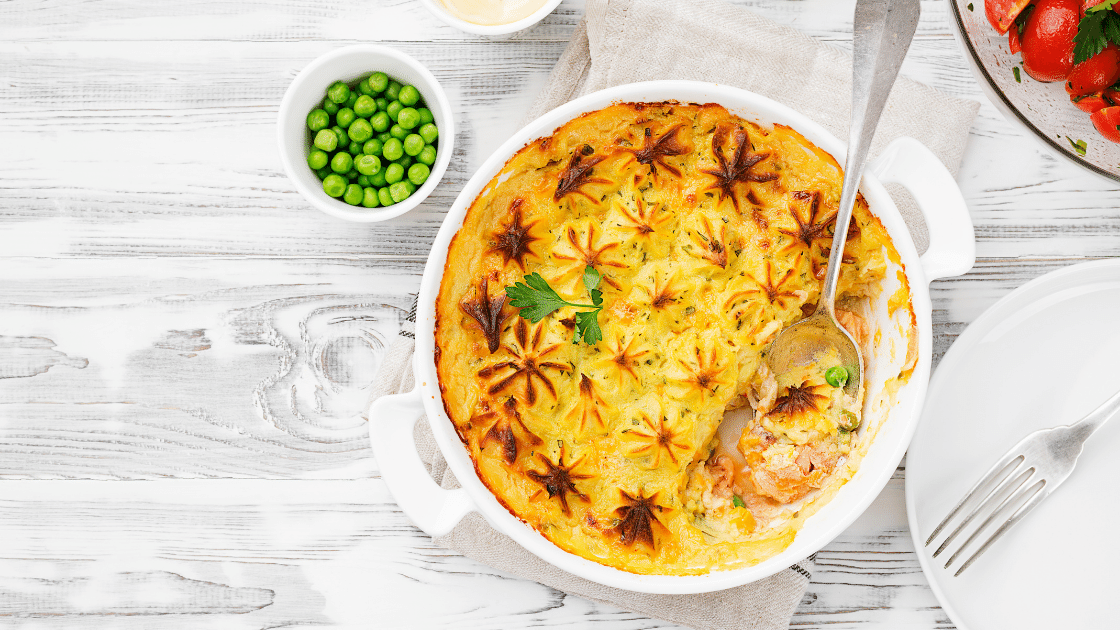A picture is worth a thousand words, catch your customer’s eye with high-quality imagery that they can’t resist. We've pulled together some tips on taking mouth-watering pictures of your food.
No matter how long your customers spend reading over your menu descriptions, if the photography doesn’t whet your customer’s appetite – they’re likely to scroll past. Our attention spans are shorter than ever – and let’s face it, they are even worse when we’re hungry – so eye-catching imagery is crucial.
Food businesses that include photos of their dishes on the menu see an average boost to overall orders by 24% That’s a great boost to business for just a little time investment.
Think of your food photography as an opportunity to showcase your brand, in the same way, a cafe or restaurant may use nice interiors and a good atmosphere. Images are key to creating an appealing ‘digital storefront’, so it’s vital they’re good quality and make a great first impression.
Get your customers excited about the meal they’re looking at ordering. Using images gives them a chance to visualise the meal they’re about to enjoy - as well as setting expectations for how large the serving is, and how it will be presented. With access to high-quality cameras at our fingertips via our smartphones, this is an opportunity that’s not to be missed. Follow our easy tips to create delicious-looking images for your menu...
Here's our top 5 food photography tips to help you get started
1. Plating
Be sure to shoot freshly prepared dishes only. No one wants to look at a meal that’s been sat out too long! Skip the take-away packaging and use plates and glassware that complements the cuisine. Include complimentary garnishes to add some zest to the image.
2. Setting
.jpg?width=1920&name=Blog%20JPG%202%20PNG(1).jpg) Think about the best angles to showcase the food. For example, curry or soup served in a bowl should be taken from a higher angle to show the contents. Including utensils, condiments or ingredients is a great way to demonstrate the portion size, just be mindful that they don’t upstage the food.
Think about the best angles to showcase the food. For example, curry or soup served in a bowl should be taken from a higher angle to show the contents. Including utensils, condiments or ingredients is a great way to demonstrate the portion size, just be mindful that they don’t upstage the food.
3. Lighting
Shoot your items using soft lighting to create depth and highlight textures. Make the most of natural lighting: a cloudy day is ideal, as direct sun can cast hard shadows. You can also achieve this effect with artificial lighting by moving your light source further away from the image subject - or placing a light cloth over the top to diffuse.
4. Variety
-1.png?width=960&name=Blog%20JPG%202%20PNG(2)-1.png) They say it’s the spice of life... Get creative and don’t be afraid to try something different. Switch up your angles, settings and props to add some extra flavour to your pictures.
They say it’s the spice of life... Get creative and don’t be afraid to try something different. Switch up your angles, settings and props to add some extra flavour to your pictures.
5. Simplicity
-1.png?width=960&name=Blog%20JPG%202%20PNG(3)-1.png) Don’t overwhelm the food with cluttered imagery. Keep your backgrounds simple and clean, so your customers’ focus remains on the food. Light colours can help colourful dishes pop, while darker backgrounds can help bring out texture in monotone foods.
Don’t overwhelm the food with cluttered imagery. Keep your backgrounds simple and clean, so your customers’ focus remains on the food. Light colours can help colourful dishes pop, while darker backgrounds can help bring out texture in monotone foods.
Cookaborough offers features to help you with your marketing and so much more. Get in touch with us to see how the Cookaborough platform can help your business:
-1.png?width=960&name=Blog%20JPG%202%20PNG(4)-1.png)


